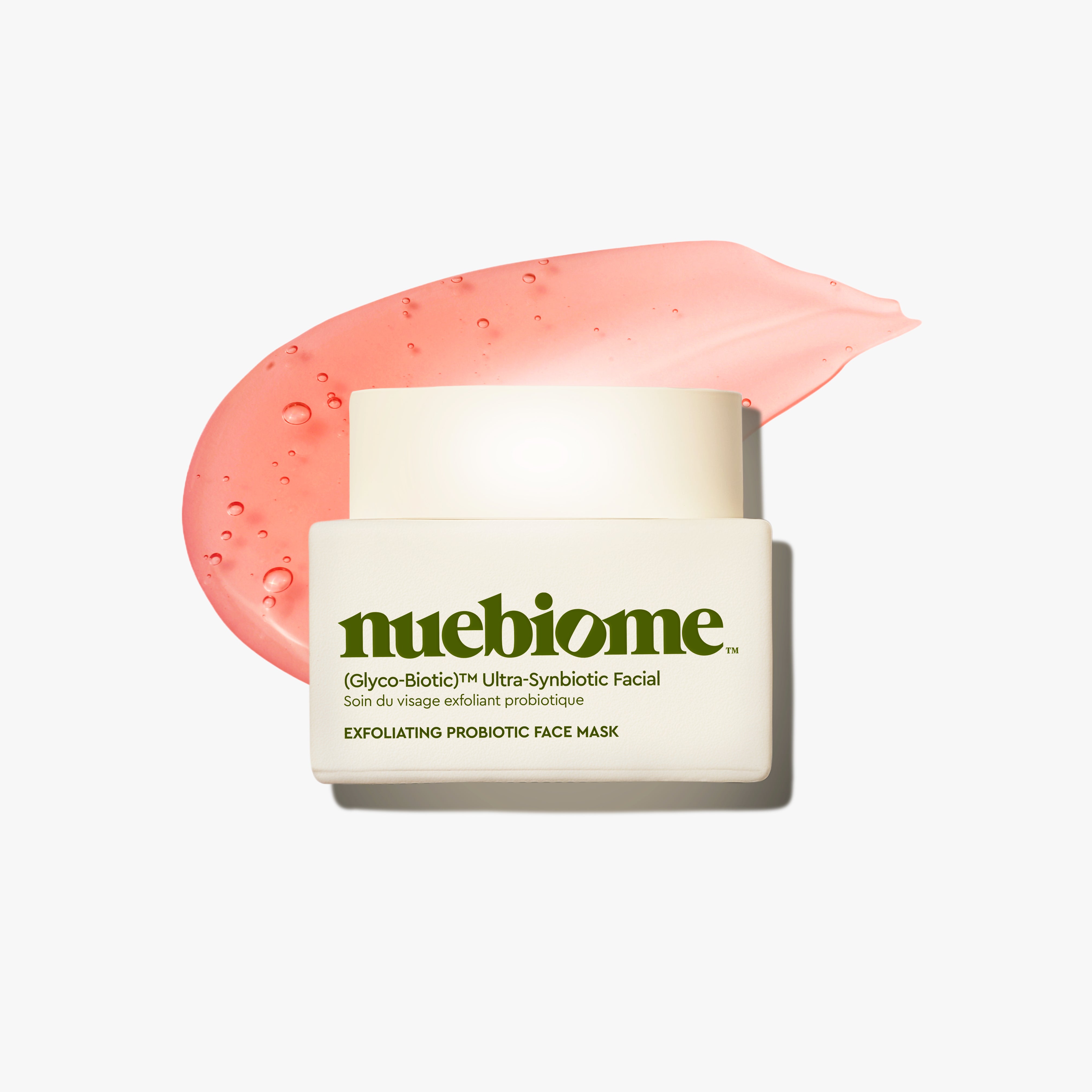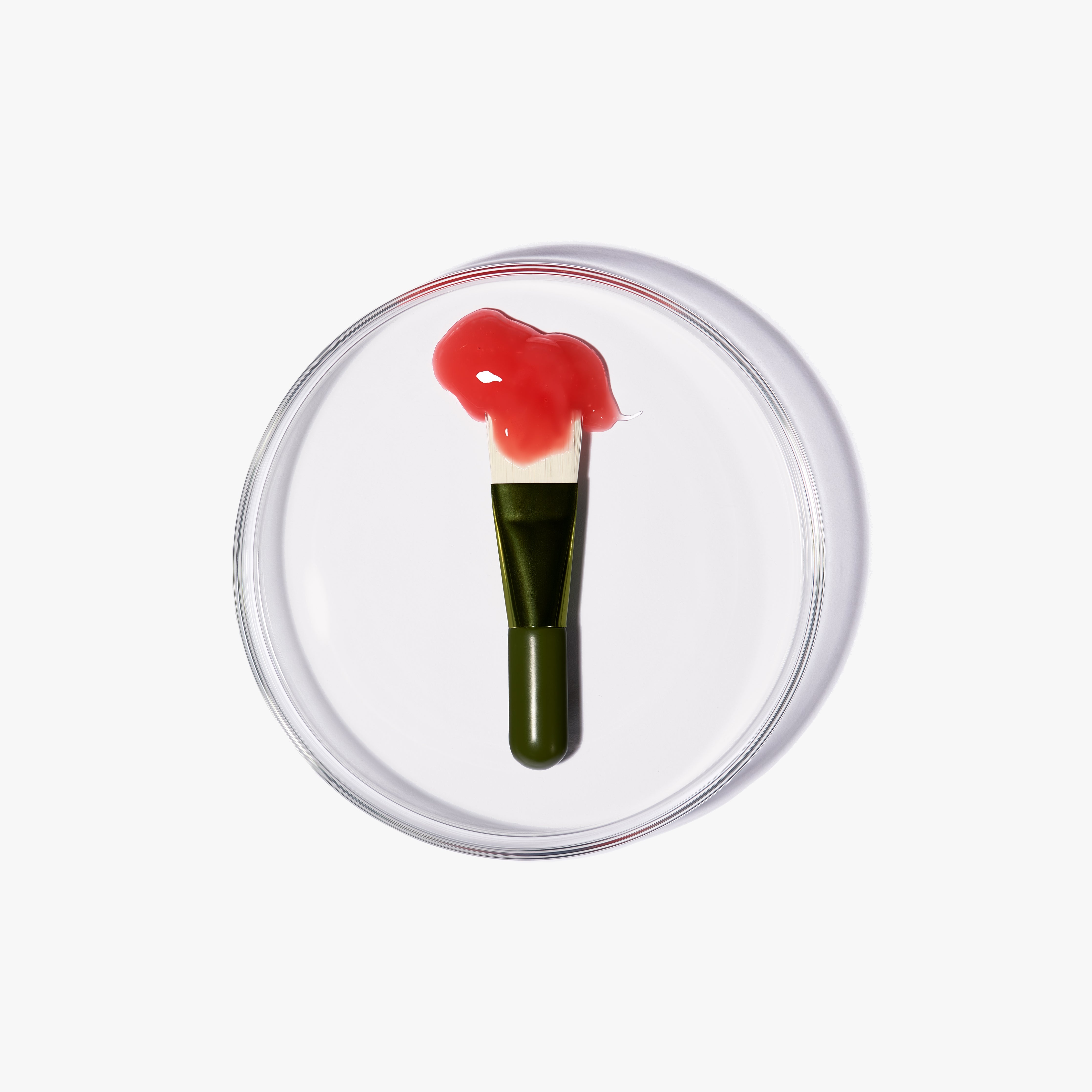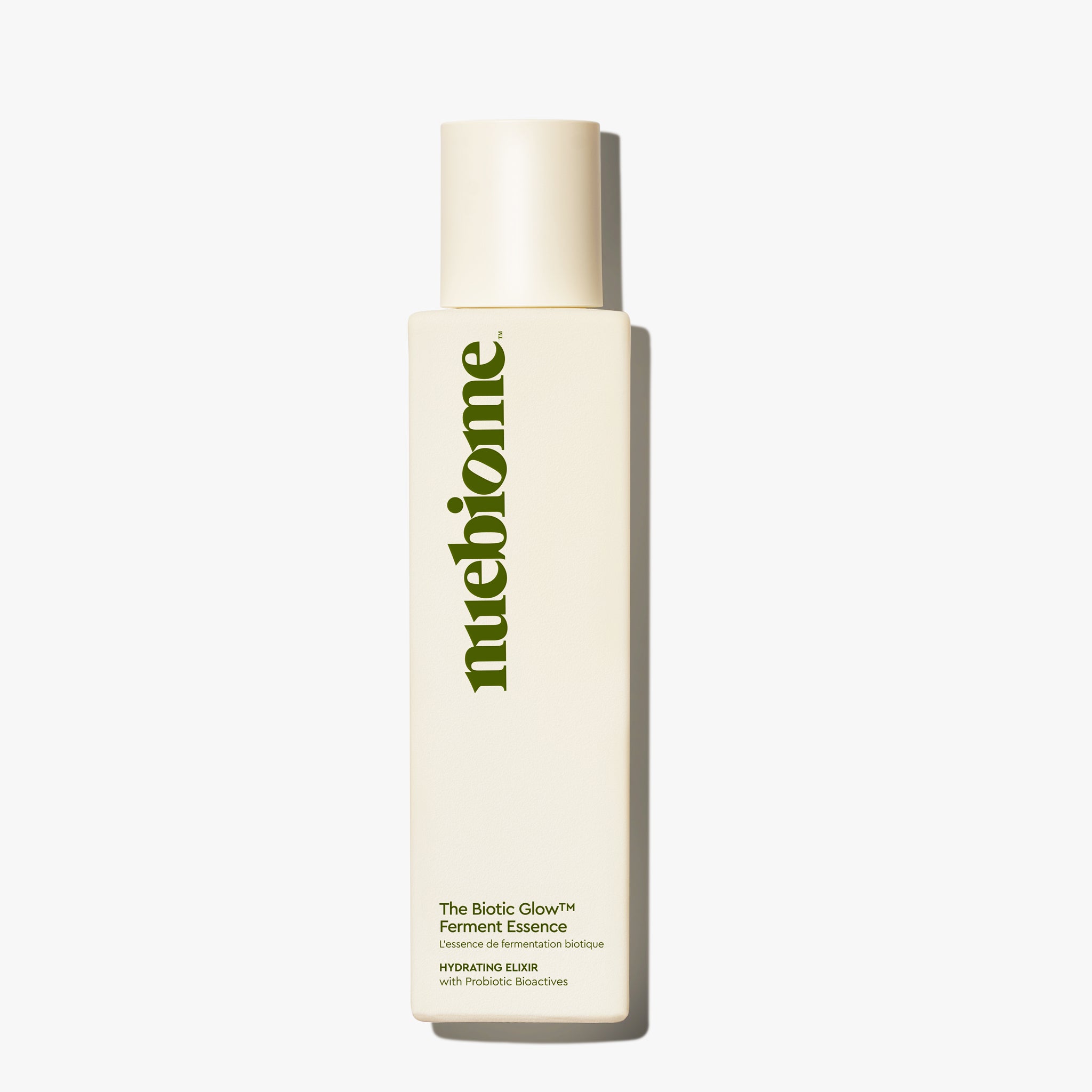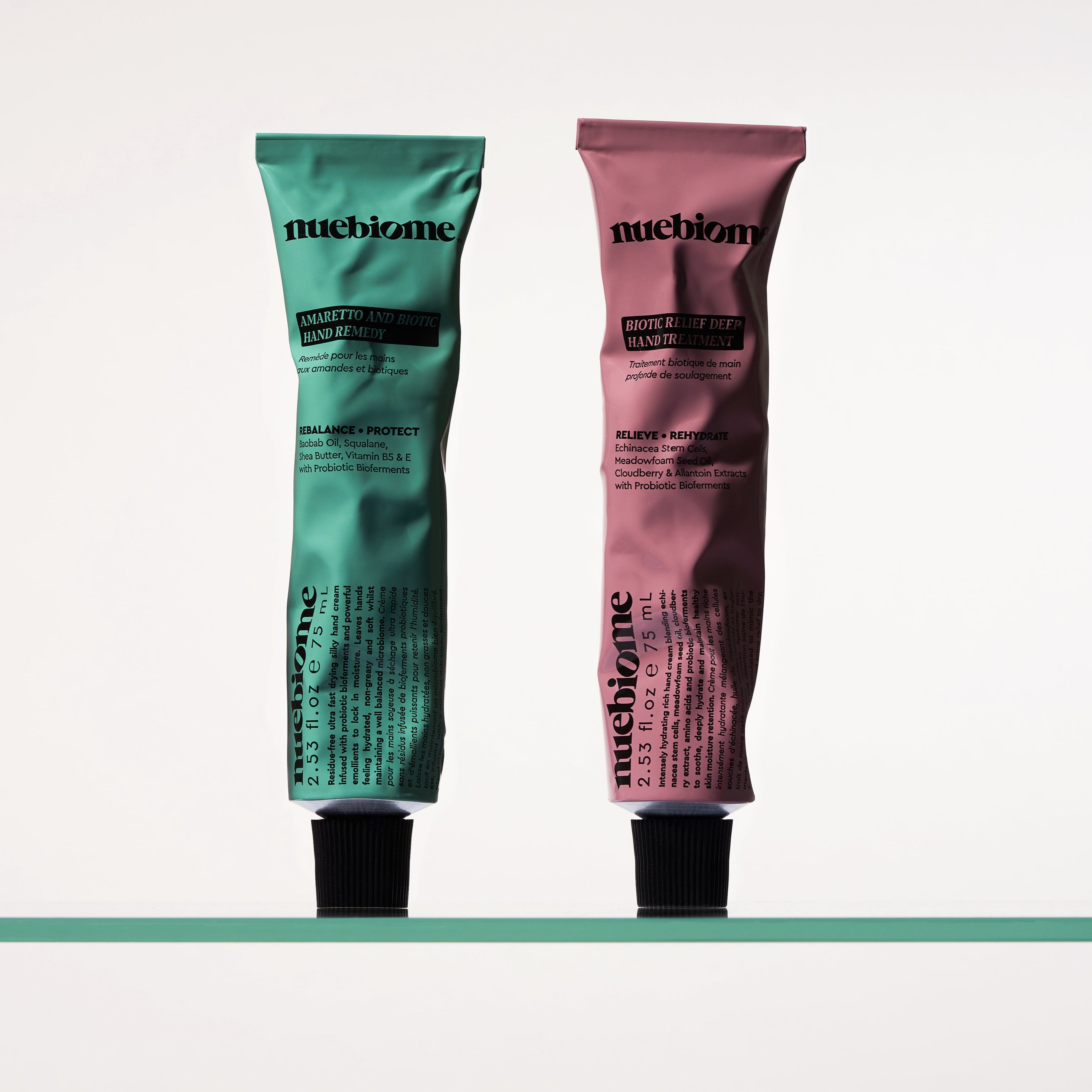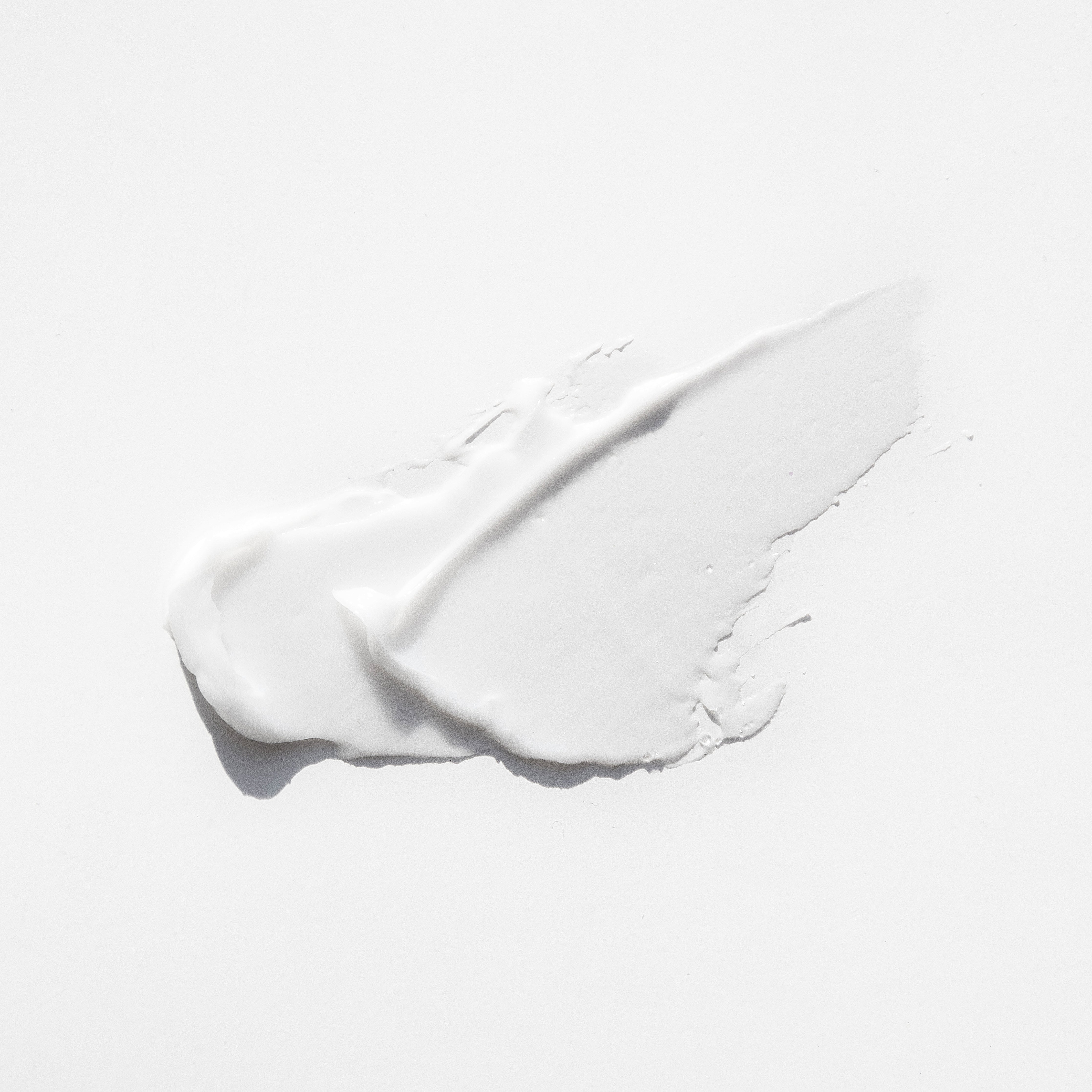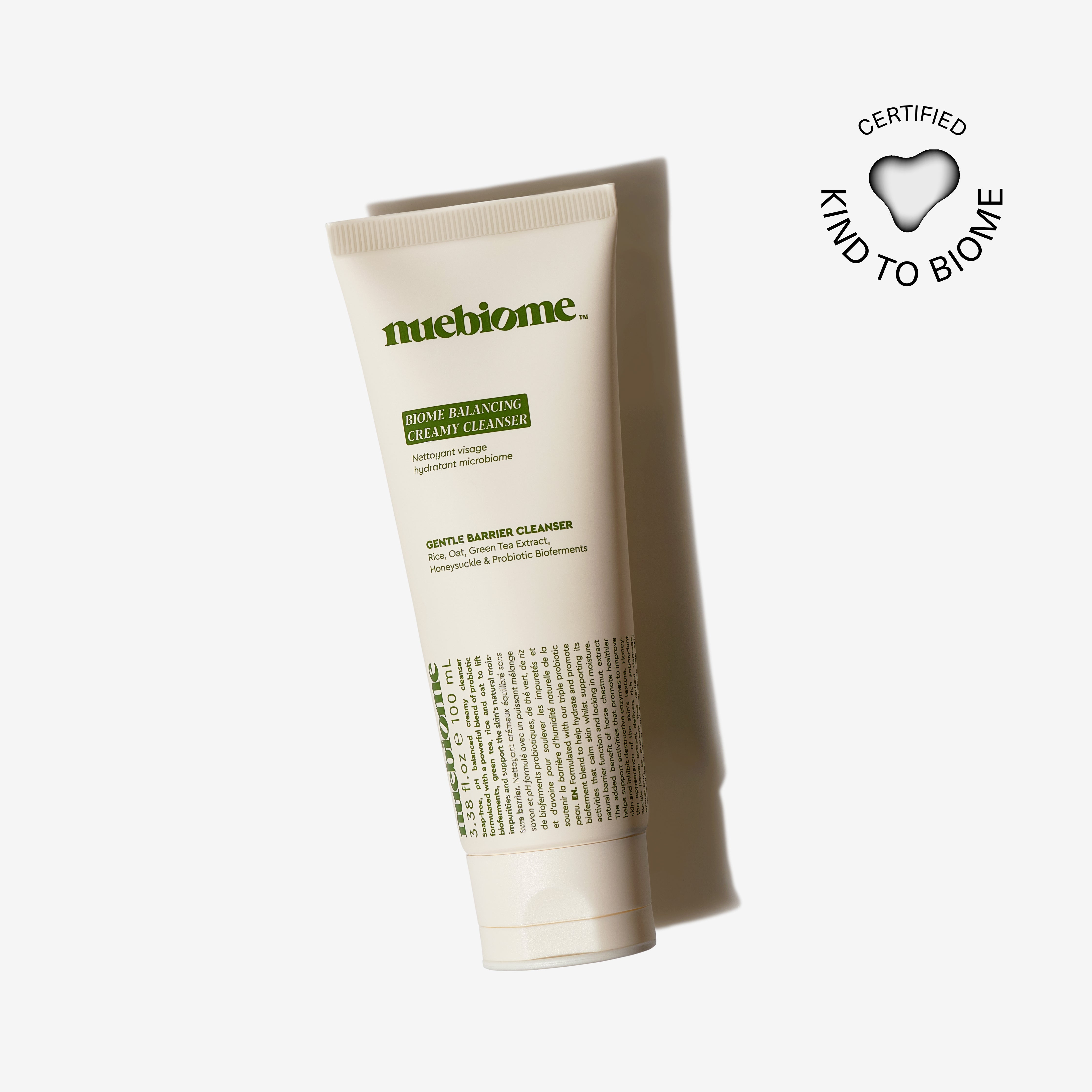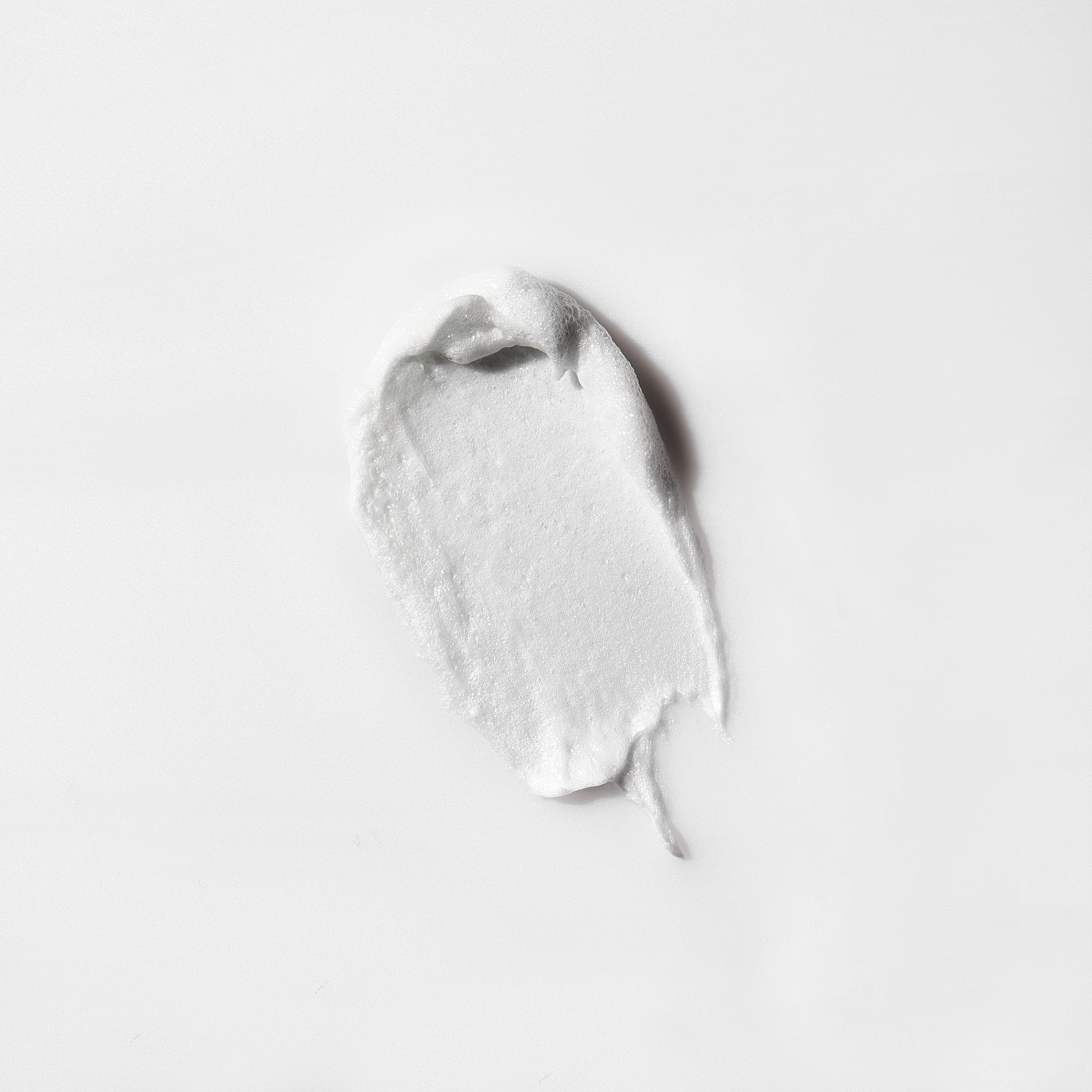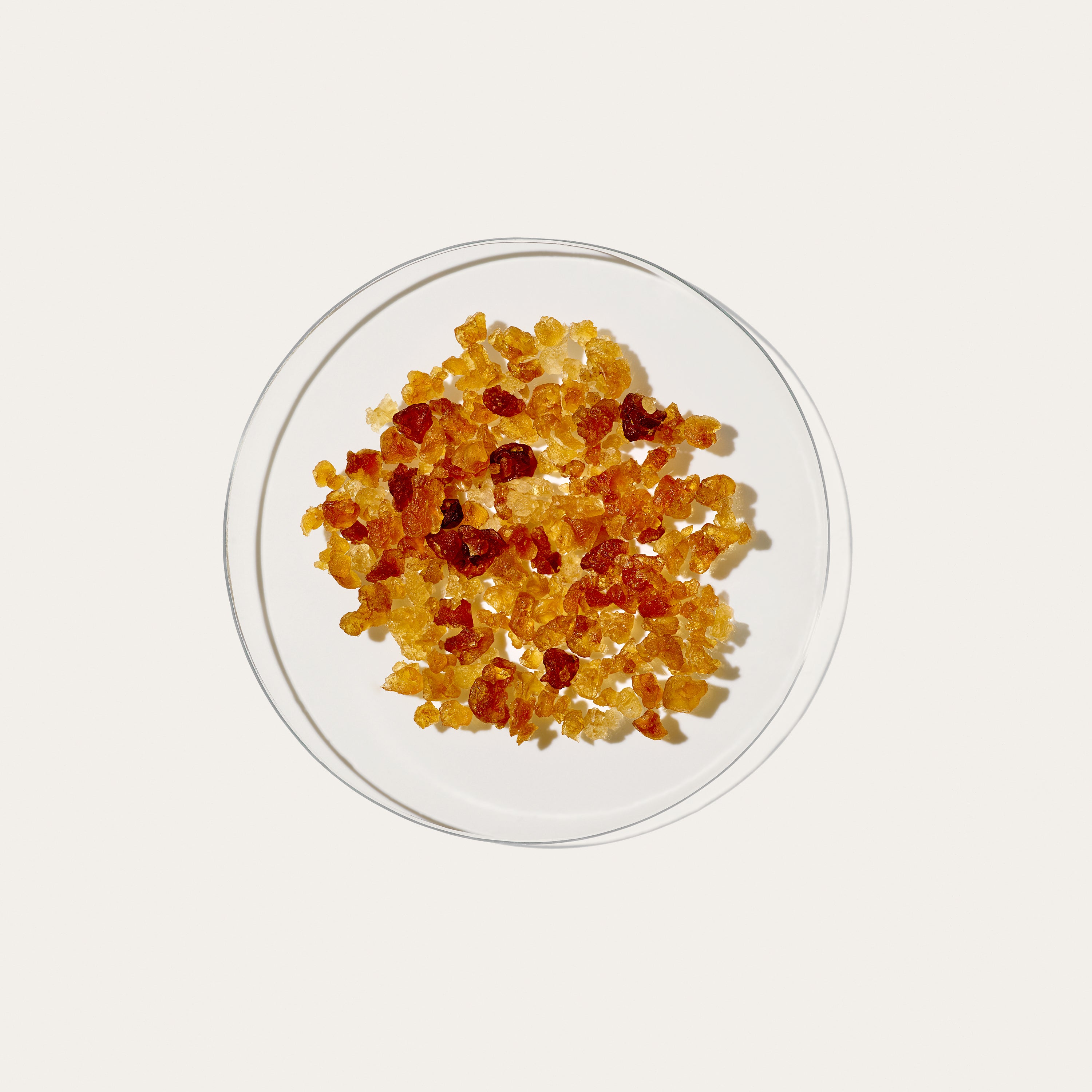Lactobacillus ferment lysate--bacterial cells that have been grown and broken apart--along with supernatants and metabolites of probiotic bacteria deliver similar beneficial effects as using live organisms and has a better safety profile when used in skincare formulations.
Natural Science
The rich lysate of lactobacillus enables it to have broad biologic activity, providing skin rejuvenating and protective benefits when formulated:
- Hyaluronic acid - improve skin hydration, elasticity and wound healing
- Lactic acid - natural moisturizing factor, increase cell turnover and antimicrobial activity
- Lipoteichoic acid - stimulate production of skin’s natural antimicrobial peptides
- Sphingomyelinase - generation of ceramides for skin barrier function
- Exopolysaccharides - antioxidant and protective effects
Benefits
Lactobacillus ferment lysate keeps the microbiome in balance while increasing skin tone and elasticity, minimizing wrinkles, providing deep hydration and increasing cell turnover. It also helps to reduces redness and irritation.
How Its Used
Lactobacillus ferment lysate and lactobacillus ferment lysate filtrate are in every nuebiome™ probiotic blend. Find it in Amaretto and Biotic Hand Remedy, The Biotic Glow™ Ferment Essence, Biotic Radiance-Boosting Hydrator and (Glyco-Biotic)™ Ultra-Synbiotic Facial to name a few of our favorites.
Research
Lactobacillus bacterial lysates accelerates wound closure and aids the growth of new skin studies show. Bacterial lysates are also a safer alternative to using live bacteria on the skin and in the manufacturing and maintaining of bacteria within probiotic skincare formulations.
References
International Journal of Molecular Sciences, Vol 20, Sept 2019, Pg. 4290
Fermentation, Vol 5, May 2019, Pg. 41
Current Problems in Dermatology, Vol 54, Aug 2018, Pg. 1-10
Trends in Food Science and Technology, Vol 75, Mar 2018, Pg. 105-14
Wound Repair and Regeneration, Vol 25, Nov 2017, Pg. 912-22
World Allergy Organization Journal, Vol 10, Aug 2017, Pg. 29
Archives of Dermatological Research, Vol 309, Jun 2017, Pg. 411-21
Journal of Food: Microbiology, Safety & Hygiene, Vol 1, Issue 2, Jul 2016, Pg. 1-13
Scientific Reports, Vol 5, Nov 2015, Pg. 1-11
Journal of Applied Microbiology, Vol 114, Jan 2013, Pg. 1241-53
